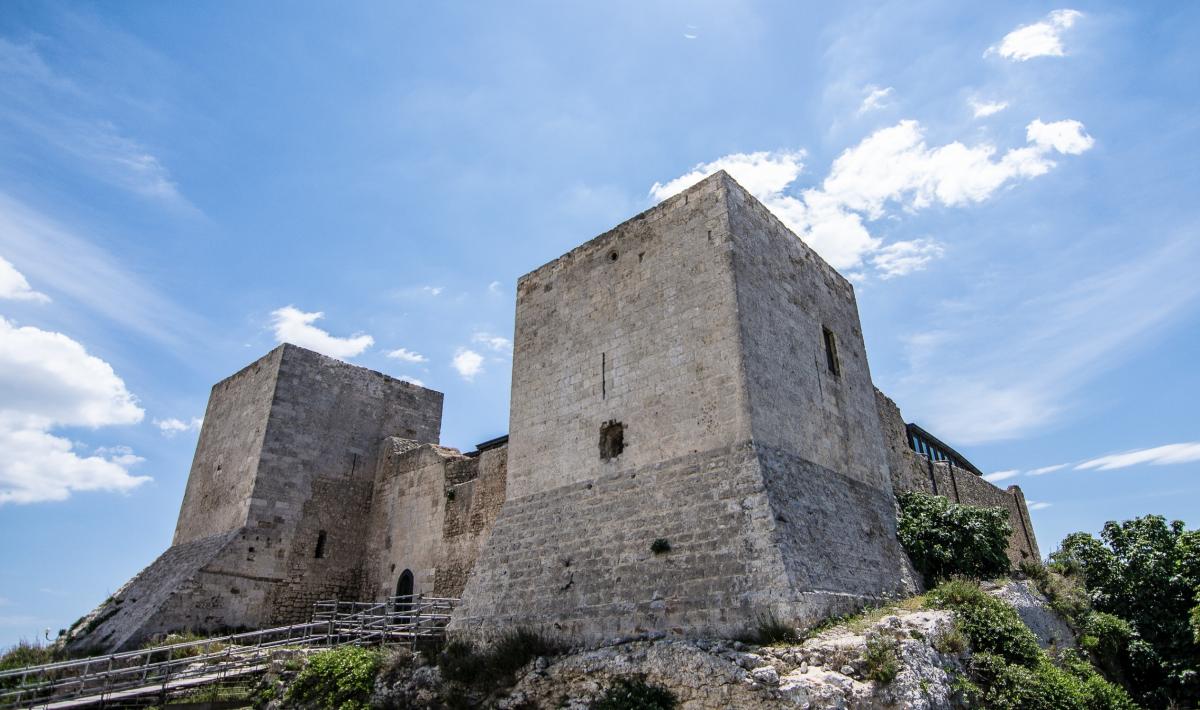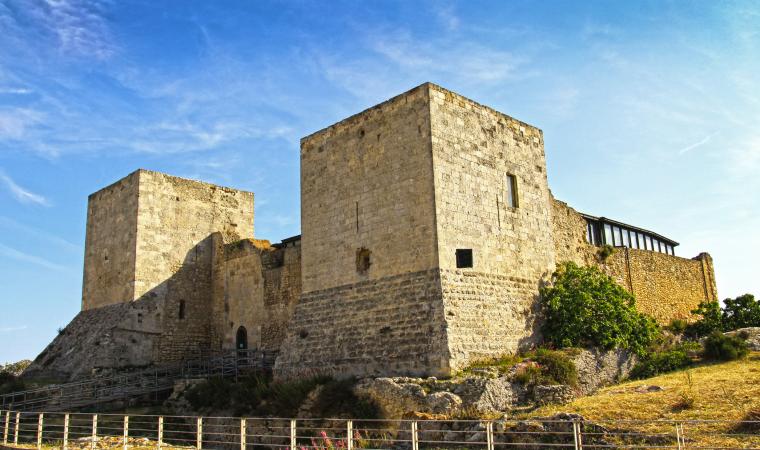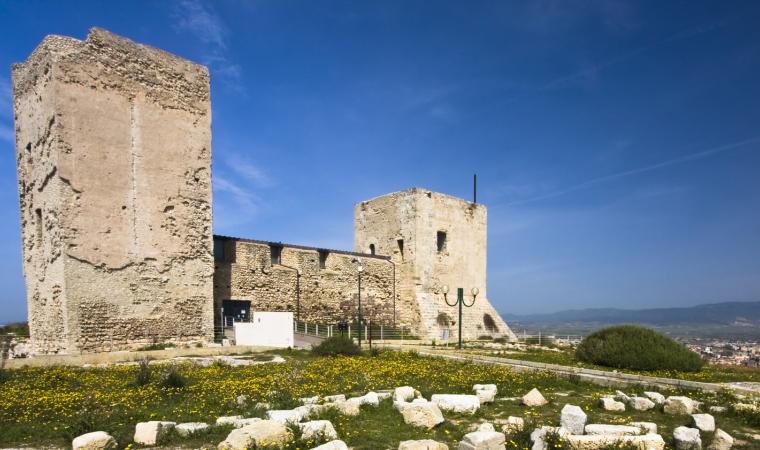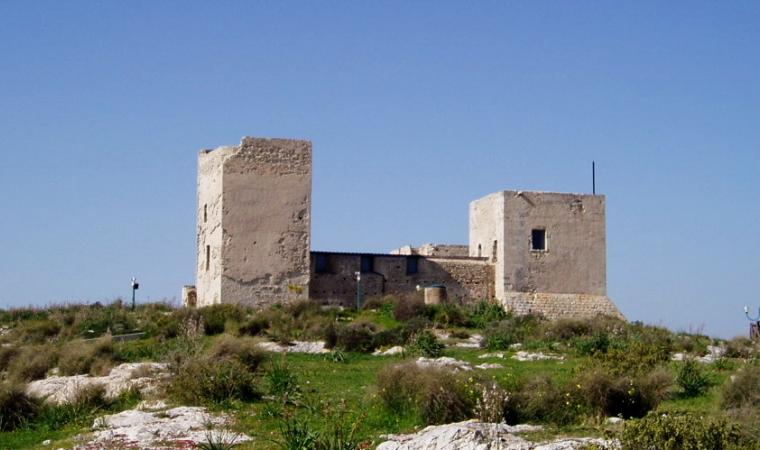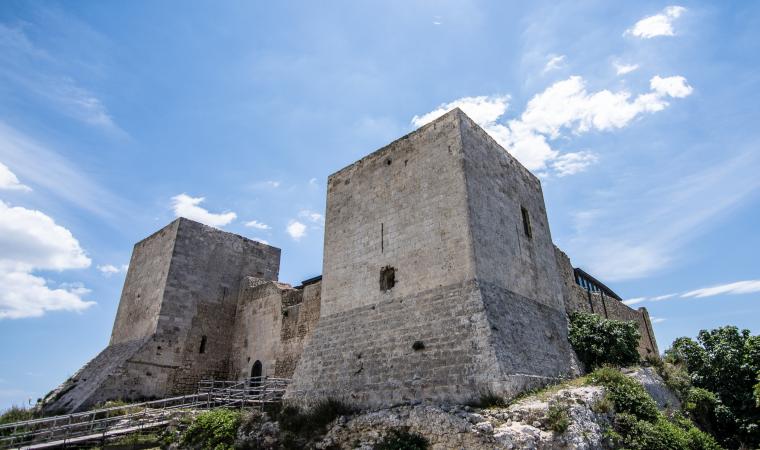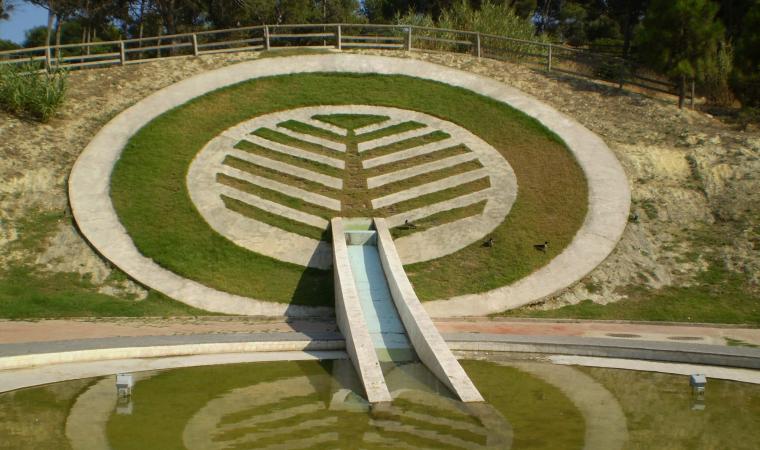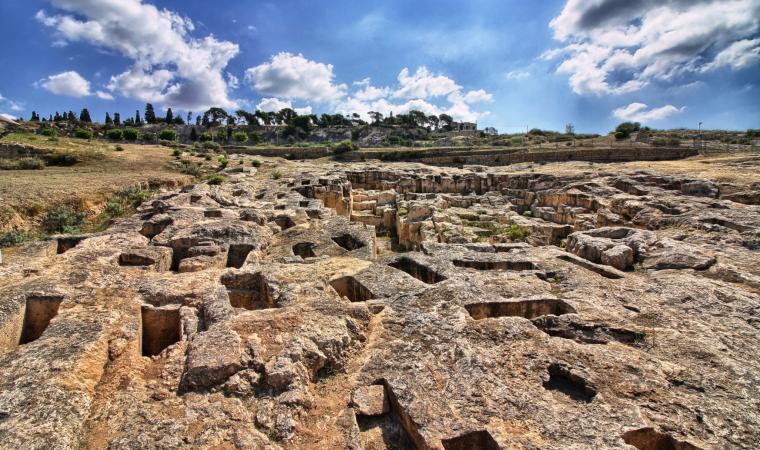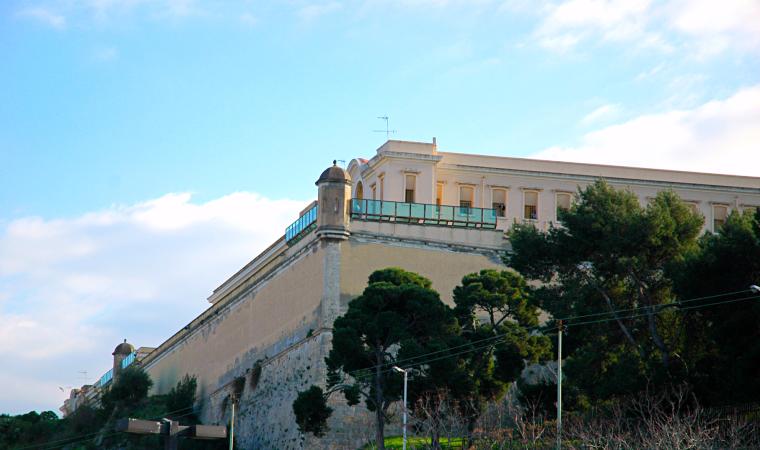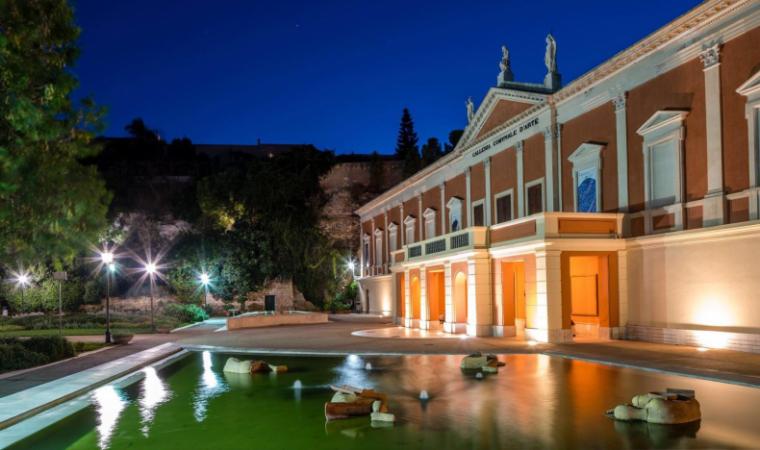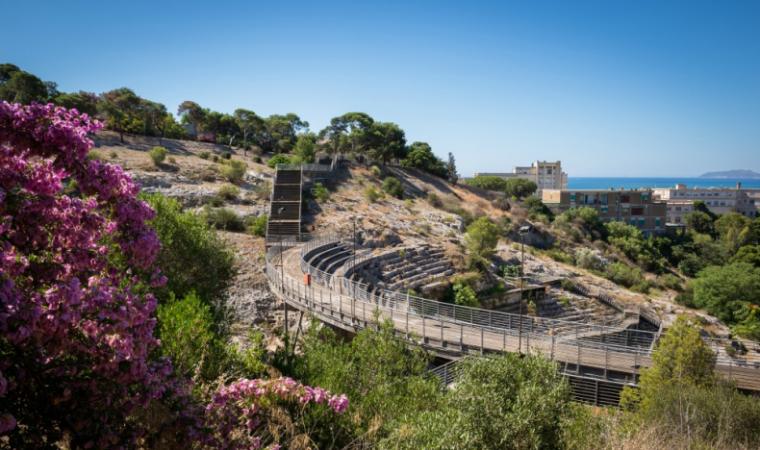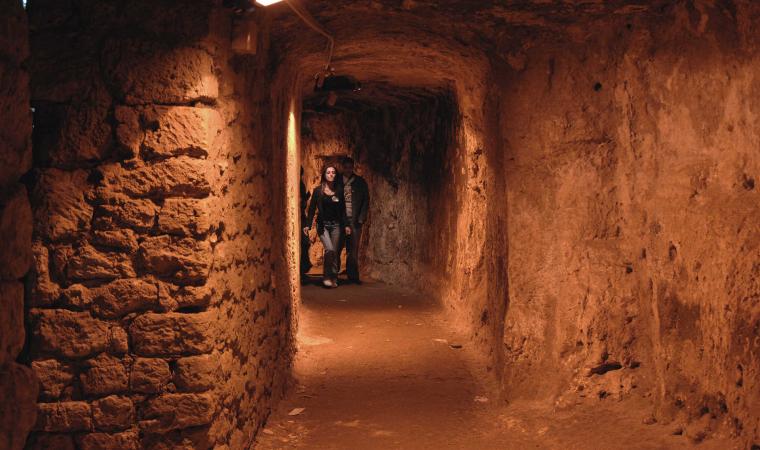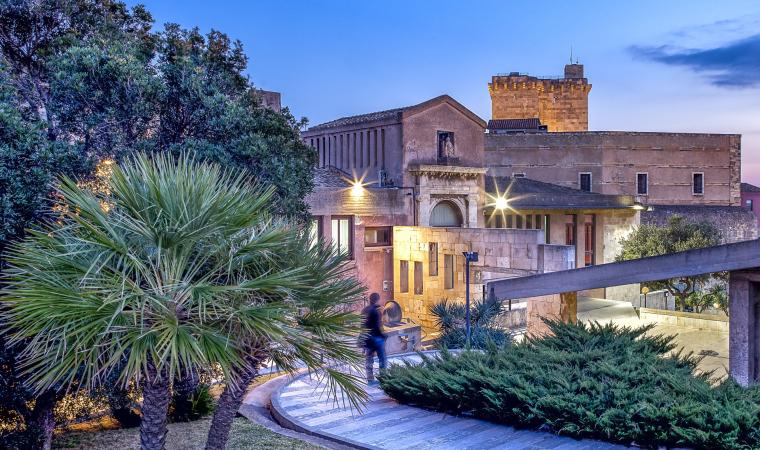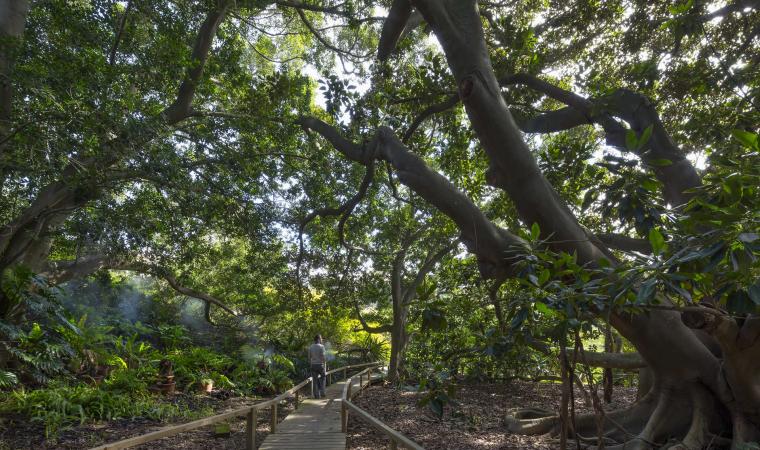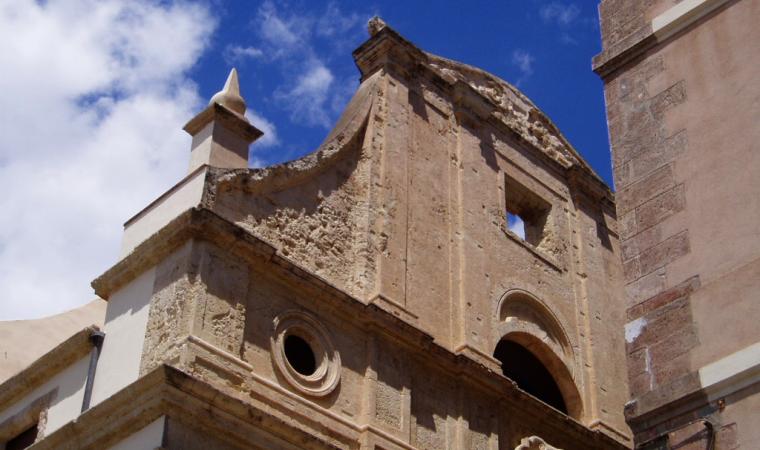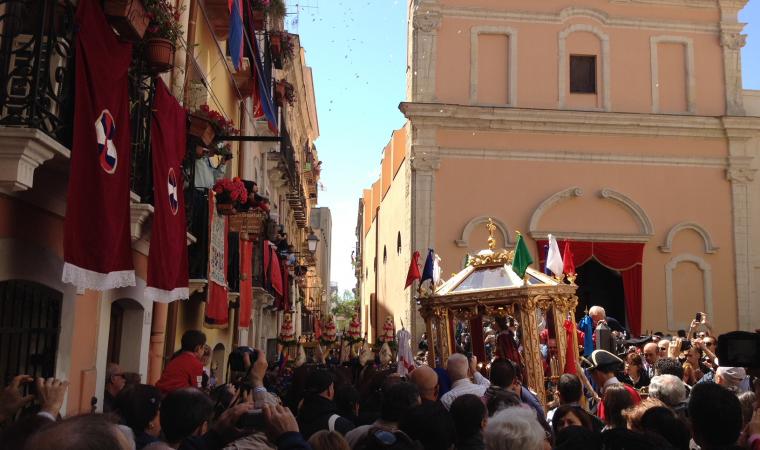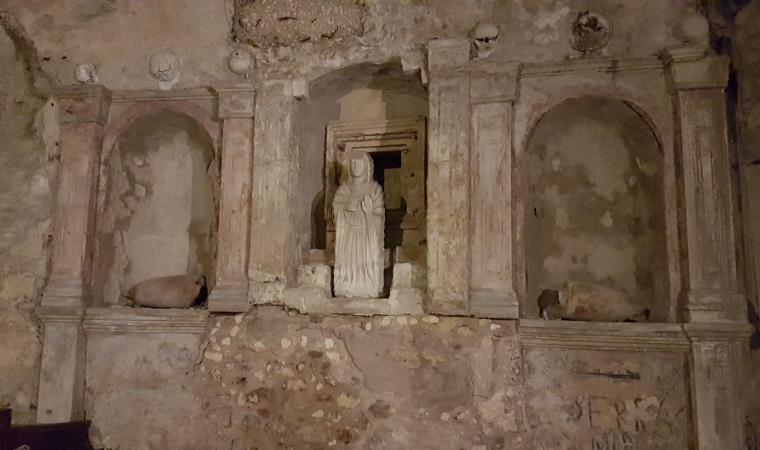Cagliari is built on seven hills and it is thought that the Romans worshipped the god Aesculapius atop the Colle di San Michele. In the Byzantine era, the pagan worship for the protector of medicine was replaced by the Christian worship for San Michele. Perhaps it is no coincidence that on the top of the hill, which can be reached from hairpin bends rising up between white tuffaceous rocks and the green of agaves and Mediterranean greenery, it appears there was once a monastery and, later, a church dedicated to the archangel. Rising up today, in excellent condition, is a medieval castle that overlooks the city, surrounded by a green park. Once isolated, today it is part of the is Mirrionis district. A 360-degree view of the capital can be enjoyed from the top, with the Pisan towers of the Castello district, the port, the Poetto, the Sella del Diavolo and the Santa Gilla lagoon. The manor, having long been the sentinel of the access road from Campidano, can be seen from all points around the town and the surrounds, even from kilometres away.
The quadrangular structure of the castle, built of limestone from the Cave of Bonaria, has three large corner towers, two older, to the north-east and south-east, constructed with perfectly squared ashlars, and a south-west tower that was erected later with a coarser technique, rising up even higher and without a talus wall base like the first two. They are connected by curtain walls. In the west, traces of the Romanesque façade of the Oratorio di San Michele Arcangelo can be seen. It has two entrances side-by-side, an indication of a building with two naves that became the castle’s chapel, after having been incorporated therein. Around it is a wide and deep moat that can be crossed by a bridge, today as in the past, perhaps as early as the Piedmontese operations undertaken in the 18th century, which transformed the ancient manor into a modern fort.
The origins are controversial. One evocative theory places the birth between the end of the Byzantine age and the beginning of the time of the Judicatures (10th century) - a single tower to defend what was then the capital, Santa Igia. The structure would then be completed under the Pisans. More likely, the foundation is from the 12th century (from the Giudicati or Pisans), then reinforced in the 13th century with the addition of the two eastern towers. The third tower and other additions would then be Aragonese, starting in 1325, when Berengario Carroz, longa manus of the emperor Alfonso, received the San Michele hill in fief. In a few years, he transformed it into a fortress and a luxurious residence, adorned with precious objects (perhaps) plundered from the Basilica di San Saturno. Throughout the 14th century, the Castello di Bonvehì - so renamed at the time for its splendid view - benefited greatly from the various sovereigns. The Cagliari authorities contested the operations and abuse of the privileges granted by the Crown. The issue was resolved upon the granting of extradition to those who had enjoyed the protectorate of the Carroz. The events of Bonvehì remained inextricably linked to the noble Spanish family of the Carroz until 1511, following a century and a half of splendour. The last member of the family to live as the lord of the castle was Countess Violante, greatly feared and cursed by the clergy for the murder of a priest. During her time, the castle was also referred to as ‘della Contessa’ (the ‘Countess’s castle’). Apparently, her ghost still wanders about the fortress. In addition to ghosts, there are also various underground tunnels and treasures - there is evidence of an accusatory procedure (18th century) against a priest found guilty of having sought a treasure hidden in the castle through the ritual of ‘afromanzia’ or ‘idromanzia’ (hydromancy), being the invocation of the devil and recitation of magical spells. After the Carroz era, the castle was abandoned for over a century, before being used as a lazaret during the ‘Plague of Sant’Efisio’ (1652-56). Military functions resumed at the end of the 18th century, with the last moment of glory being in 1793 when, equipped with cannons, it defended the city from the invasion of Napoleon’s militia. In 1867, it was sold to the Marquis Roberti di San Tommaso, who had it restored by Dionigi Scano and began the reforestation of the hill with Aleppo pines. From 1929 to 1972, it was the Navy’s radio-telegraphic station. The restoration and enhancement works of the late-20th century transformed the fortress into a modern art and culture centre, with the hill becoming a site of scenic value.

